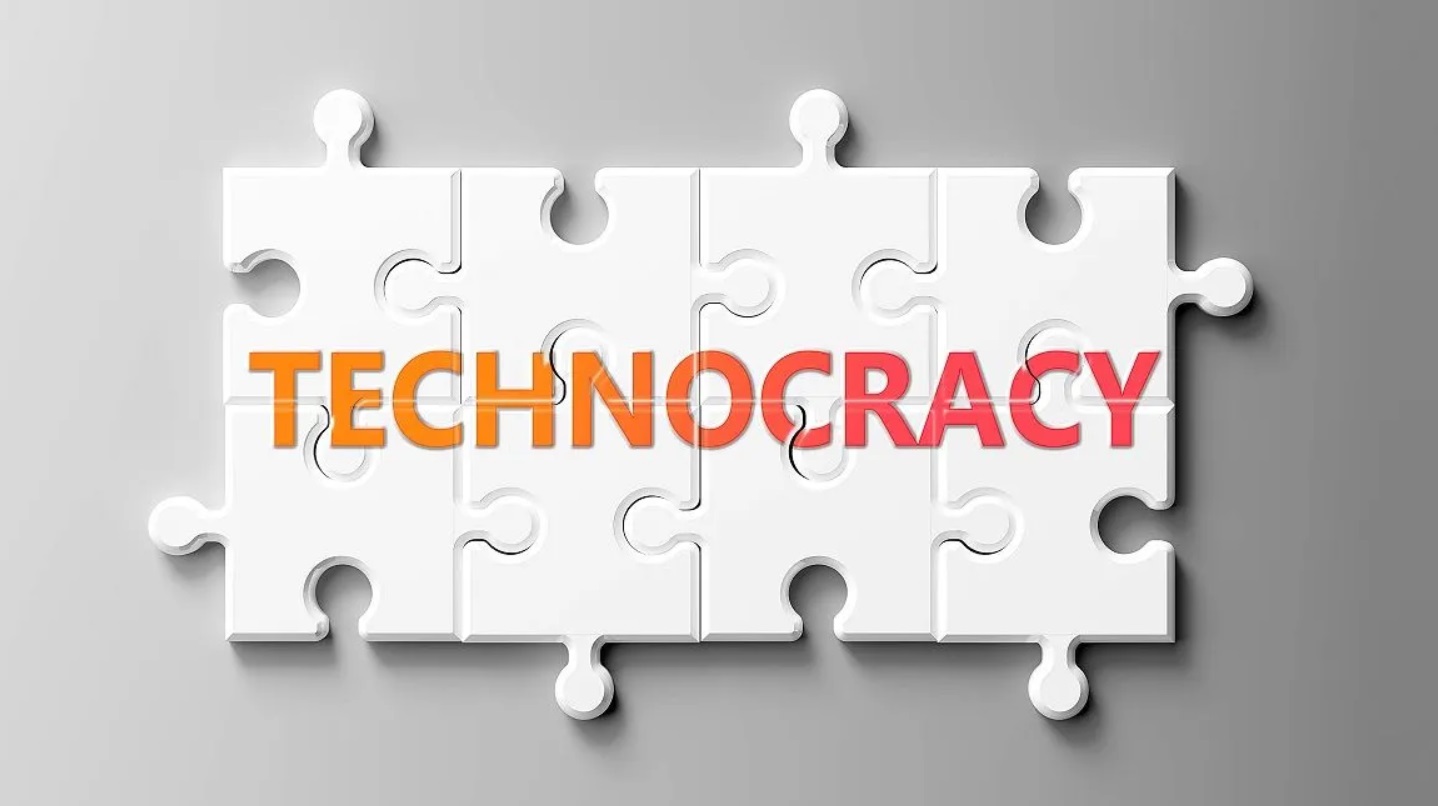
The PTI leader and former speaker National Assembly Asad Qaiser, admitted that the federal government had offered PTI to form a technocratic government. A day earlier, former prime minister Imran Khan had expressed fear over the talks of installing a technocrat government in the country, saying that replacing the current government with a caretaker setup would be foolish.
According to Imran Khan, the decision to establish a technocrat government for 2.5 years rather than going into elections was being designed at the expense of the country’s interest to prevent him from regaining power. The PMLN, which is in power, and its allies have not yet commented.
Every year, there is talk in Pakistan about installing a technocrat-led government to get the country out of its economic crisis. Let’s discuss what a technocratic government is and how it functions.
What’s a technocratic government?
The term “technocracy” is derived from the Greek word “tekhne” meaning “skill,” and a technocratic government is one in which government affairs are being run by the experts-centric cabinet rather than by the elected ministers.
These ministers are “experts” and highly “skilled” in the fields of their respective areas, such as economics, finance, engineering, and public administration, with no political affiliation and not being chosen by the people. They are not from political backgrounds or career politicians; in some cases, they may not even be members of political parties. So, the classic example is that the Interior Minister would be someone with an academic background in Defence and strategic studies or who had worked for years in law enforcement agencies such as the police and army.
Is the Prime Minister also a “technocrat”?
In some cases, yes. A prime minister could also be a technocrat, but it is not a requirement. Typically, the prime minister is not considered a technocrat in a technocratic government. The prime minister is usually from a major party and elected by the people who head a technocratic government. There is nothing in the definition of a technocratic government that requires it to be led by an economist! A political scientist would be an excellent choice as well.
Why do countries appoint technocratic governments?
Technocratic governments are appointed when a country needs to implement policy changes or reforms quickly and effectively. Technocratic governments are often appointed in times of crisis, such as economic or political turmoil, to ensure quick and effective solutions are implemented. They are also sometimes appointed to facilitate the implementation of unpopular policies.
There are several factors when a country does appoint a technocratic government. Firstly, a country that wants to bring this system a government has lost the support of parliament, but for various reasons (including legal, pragmatic or political), it is still time to hold new elections.
Secondly, suppose the political parties in the parliament can’t agree to form a typical government or go into an election for the above reasons. In that case, they can all agree to support a temporary technocratic government.
Thirdly, sometimes countries make up technocrat-led governments; when a country witnesses an unprecedented crisis and needs to implement policy changes or reforms quickly and effectively that it needs exceptional political actions. In such a situation, a country installs a technocratic government to facilitate the implementation of unpopular policies which can’t be political figures due to fear of losing public support.
So why would elected politicians hand over power to unelected technocrats?
In some cases, the elected politicians want to avoid paying the costs of instituting painful policies alone, turn over power to unelected technocrats to take advantage of their expertise in a particular field, and carry out the painful reforms necessary to the country.
Is technocratic a one-party government?
The technocratic government is usually not of any party but is supported by all the parties. The technocrats appointed as ministers may have political affiliations, not from political backgrounds or career politicians. In this way, blame can essentially be shared, the government can do the right thing, and decisions are made in the country’s best interest, whatever that may be.
What does the Pakistan Constitution say about the technocratic govt?
According to legal experts, there was no mention of a technocrat administration within the Constitution of Pakistan. However, there is space for appointing a government, also known as a caretaker government, for a short period to get the next election.
Disadvantages of the technocratic government
The technocratic government, however, has certain disadvantages as it needs more political legitimacy that elected government and party politicians can bring to the government when dealing with political challenges and the backlash of imposing extremely harsh austerity measures.
Over-reliance on experts
The biggest concern with technocracy is its reliance on experts and professional technocrats who may have different interests or values than the general population. This means that decisions can be made that are not in the majority’s best interests, potentially leading to a greater concentration of power in the hands of a few.
Limited representation
Technocratic has limited representation, as members of the general public are not typically given a role in decision-making. This means that the interests and values of large portions of the population, especially those without expertise, could be left out of the equation.
Lack of accountability
Another major disadvantage of the technocratic government can be seen as needing more accountability, as unaccountable experts and technocrats often make decisions. They need to be answerable to the people and elected by votes to serve the public interest. This can lead to decisions being made that require more transparency and oversight, leading to a lack of public confidence in the process.


